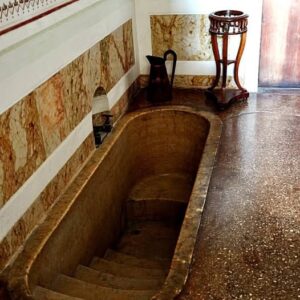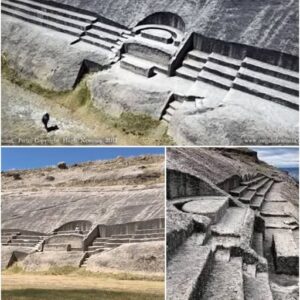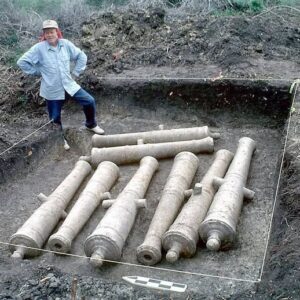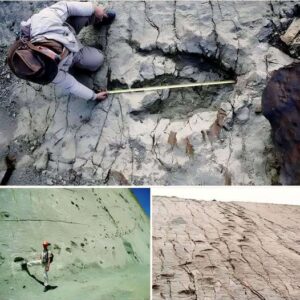The Surgeon Domus stands as a captivating testament to a Roman household from the 2nd century A.D. Its name originates from the intriguing discovery of a surgical kit within its premises, hinting at the occupation of its owner, Eutyches, believed to be a military doctor hailing from the East. Tragically, the domus met its demise in a fire during the mid-3rd century A.D. Following this catastrophe, new city walls were erected, with remnants of the domus integrated into them.
As time progressed, in the 5th century A.D., a breathtaking Late Antique Palace emerged nearby, offering a commanding view over the former site of the domus. Adorned with vibrant mosaics embellished with intricate geometric designs, an apsidal hall, and a nymphaeum fountain, the Palace exudes opulence, reflecting the immense wealth of its occupants. However, as neglect set in during the 6th century A.D., the area underwent a transformation into a burial ground. This transition is underscored by the unearthing of numerous tombs, some of which disrupted the original floors of the structure.

The evolution of the site, from the esteemed Surgeon Domus to the grandeur of the Late Antique Palace, offers a glimpse into the shifting societal landscapes of ancient times. The transition from a luxurious residence to a somber burial site encapsulates the ebb and flow of history, unveiling layers of human experiences and cultural transformations that have left an indelible mark on the land.
Today, the remnants of the Surgeon Domus and the grandeur of the Late Antique Palace stand as silent witnesses to the passage of time, inviting visitors to delve into the rich tapestry of Roman life and the intricate stories woven within the walls of these ancient structures. The legacy of Eutyches, the military doctor whose name is forever linked to the Surgeon Domus, lives on through the echoes of the past that reverberate through the corridors of time, preserving the essence of a bygone era for generations to come.





